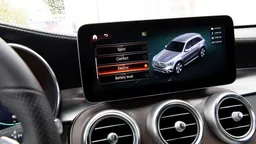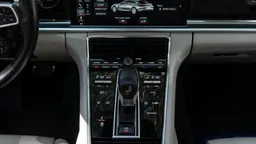[mailchimp_signup][/mailchimp_signup]The European Commission’s proposal for binding CO2 targets for vans was announced in October 2009 and will be discussed by national environment ministers on Monday 15 March. It states that manufacturers should cut van emissions to an average of 175 grammes of carbon dioxide per kilometre by 2016, a cut of around 14 percent compared to the 2007 baseline of 203 g.
In the run up to the proposal’s announcement, the car industry lobby group ACEA described the targets as “completely, totally out of reach”. The boss of VW’s van division told Handelsblatt last month that the proposals are “unrealistic” (1).
And yet, the 2010 Volkswagen T5 van range achieved a reduction of about 10% in fuel consumption and CO2 compared to 2007 according to Volkswagen publicity (2). The T5 was the 3rd biggest selling van in Europe in 2007 according to JATO dynamics (3).
The most fuel-efficient new Renault Master emits 187 g/km (4). This is 15% more efficient than the best Renault Master from 2007 (5).
The new Ford Transit ECOnetic has CO2 emissions 11% better than the most efficient Ford Transit previously available (6). The Ford Transit was the best selling van in Europe in 2007 according to JATO.
The car industry was equally critical of binding car CO2 targets when they were proposed by the Commission in 2008. But progress on cars has moved forward significantly since then. Two of Europe’s biggest selling cars, the Ford Focus and VW Golf are now available in 99g/CO2 versions, just a few grams away from the EU’s average target for 2020.
Kerstin Meyer of Transport & Environment said: “The car industry’s lobbyists said no to car CO2 standards, but the engineers proved them wrong. They said the proposed short term target for vans was ‘impossible’, but the industry is well on the way. They are now attacking the proposed long term target for vans – but based on past performance that claim is just not credible.”
Between 1997 and 2007, the total number of vans on Europe’s roads increased by about 50% (7).
At the same time fleet average CO2 emissions of new LCVs actually increased from 201 g to 203 g/km between 2002 and 2007.
T&E believes a long term target for van emissions of 125g CO2/km is needed for 2020, and says the corresponding improvements in fuel efficiency would bring big benefits.
“Business spends EUR 30 billion every year on fuel for vans. That’s money going up in smoke that could be invested in training, technology and innovation. A 125g long term target will bring down fuel bills and make Europe more competitive” said Meyer.


